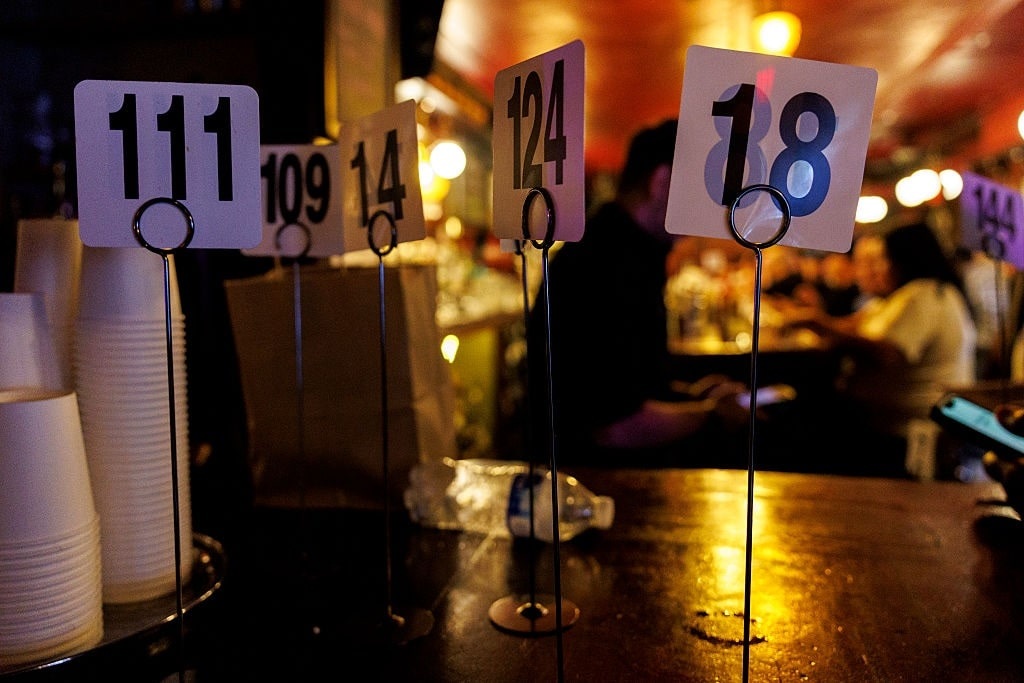
Shrinkflation – pay more for less.
When choosing a restaurant for dinner, what’s on the menu is the biggest factor in determining where to go. The cost of the meal and portion sizes are next. Some establishments serve huge portions, with enough left over to take home and have seconds or thirds. But what about those customers looking for something a little lighter to eat? A new trend is aimed to please people who want smaller meals, specifically, those taking GLP-1 drugs that reduce appetites, such as Ozempic, Wegovy, or Zepbound. Mini meals are what’s new, but are they worth all the hype?
Mini Meals Coming to a Restaurant Near You?
Some eateries are known for their huge portions that guarantee the need for a doggy bag. There are even places that reward diners if they can gulp down one of their famous huge prime ribs or other meals – think of John Candy consuming “The Old ‘96er,” a 96-ounce steak, in the film The Great Outdoors. Times are changing, though, and people aren’t eating like before. “It used to only be the ladies who ate like birds,” Dana Gunders, president of ReFED, an organization that works to address food waste, told The New York Times. “Now you have a whole new market segment that wants smaller portions actively.”
Not everyone takes home leftovers, and the amount of food wasted is suprisingly large. “The restaurant industry alone generates about 11.4 million tons of food waste annually at a cost of about $25 billion per year,” according to Restaurant Food Waste Action Guide. That fact alone could inspire menu changes such as mini meals. An October 2024 report published by PricewaterhouseCoopers claims 8-10% of Americans now take GLP-1s, and 30-35% have expressed an interest in taking them. However, FAIR Health reports that just 2% of the population take GLP-1s for weight loss. In any case, this has prompted chains and restaurants to add items and meals that are much smaller.
At Tucci, an Italian restaurant in Manhattan, diners can get gourmet meatballs, either a serving of one or three. In New York at the Clinton Hall chain, dieters can order a mini meal for $8 that includes a small hamburger, a few fries, and a small beer. Yes, even alcoholic beverages are being cut down in size since those taking appetite suppressants can’t usually tolerate as much as they used to. The Fleur Room in the Moxy Hotel, for example, has a mini martini hour where clients can get a tiny cocktail for $9. Just how much is in that? Back Bar in the Eventi Hotel has a half-size martini, which is about two to three ounces.
Shrinkflation – Pay More for Less
Mini meals sound like a great option for restaurant-goers, right? You don’t have to feel guilty for leaving food to go to waste or taking it home and end up throwing it out anyway. Business owners save money, less food is thrown out, a win-win, right?
Not necessarily. Shrinkflation, where you pay more for less food, is going on in restaurants, too. In fact, some businesses are either keeping the full price for a mini meal or charging more for the specialty menu item. A 2024 National Restaurant Association report showed that more than 75% of diners say they’d rather have smaller portions if the prices met the petite choices. However, chains such as Burger King, Five Guys, and McDonald’s have shrunk their portion sizes but have not adjusted the costs.
Mini meals for those who don’t want to challenge their stomachs or take home leftovers are a great option, and one that fits in with the current MAHA movement. Paying more for less also seems to be a trend, albeit not a very popular one, for good reason. Then again, higher prices for a brand name have been accepted for decades, so paying more for a mini meal might just catch on.
Liberty Nation does not endorse candidates, campaigns, or legislation, and this presentation is no endorsement.

















